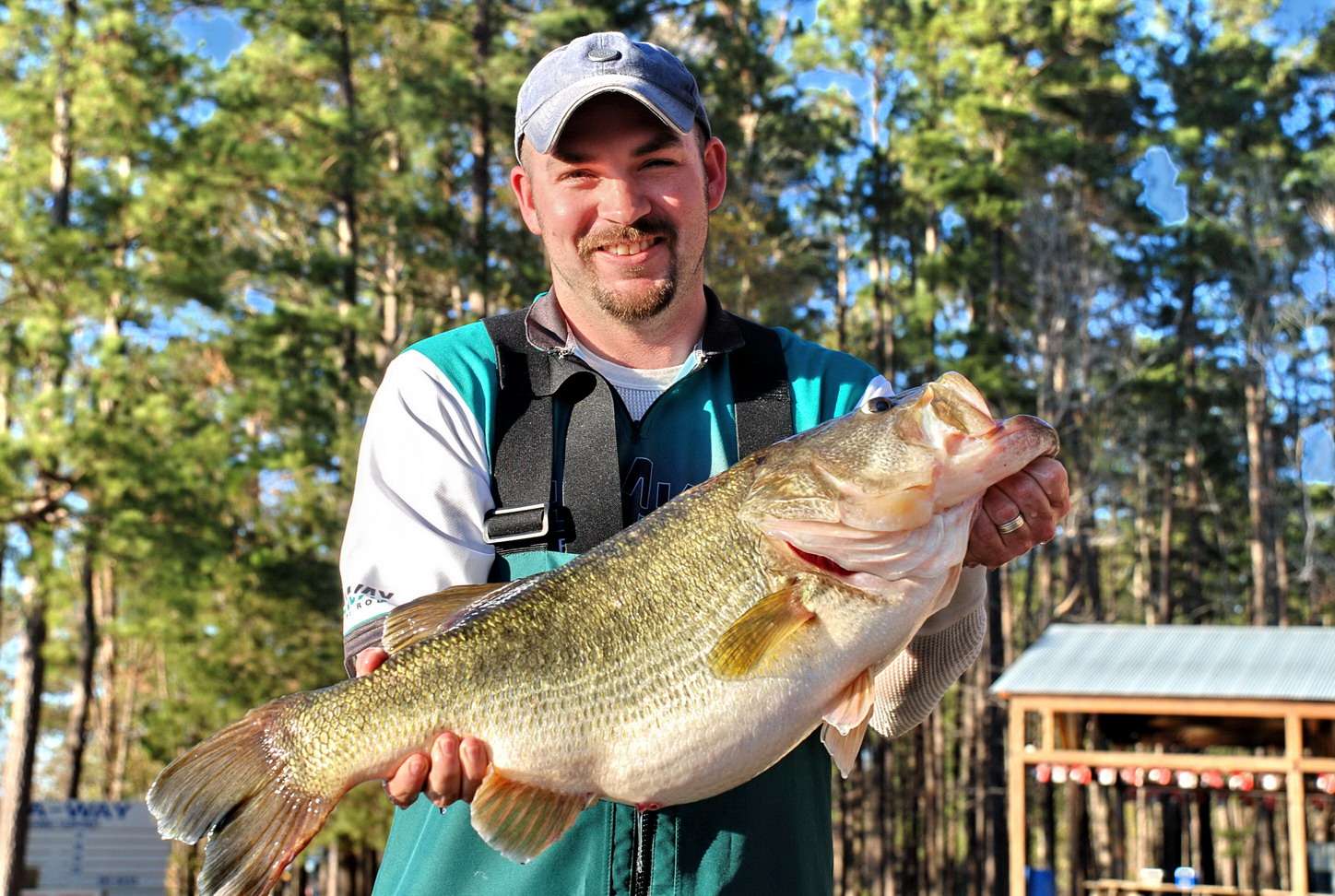
LUFKIN, Texas — The Texas Parks and Wildlife Department’s idea to raise conservation awareness, teach better trophy bass handling and promote catch and release resulted in the creation of Operation ShareLunker.
By all accounts, that trophy bass program starting in 1986 has been an overwhelming success. The program has grown, along with a name change, and more is to come.
Toyota ShareLunker became the new name. It is made possible by a grant to the Texas Parks & Wildlife Foundation from Gulf States Toyota. Toyota is a longtime supporter of the Foundation and TPWD, providing major funding for a wide variety of education, fish, parks and wildlife projects.
Anglers can donate their catches weighing 13 pounds or more to ShareLunker. Scientific data is collected, including genetic profiles of the fish, and the female entries are used as breeding stock. The offspring are released into Texas fisheries with the goal of increasing the footprint of lunker bass fishing in the state.
What could possibly improve about ShareLunker? There is even more and better in store for the next version of ShareLunker, due to begin with the 2018 season. Here are some of the goals. Recruiting new bass fishermen, providing invaluable genetics research data, and using that to grow bigger bass in the state of Texas.
Signs of that future are already showing up. Recently, biologists discovered next generation offspring are showing up in the program.
ShareLunker 410, weighing 14.48 pounds and caught in 2006 in Lake Conroe, was bred with a male ShareLunker offspring. That pairing of pure Florida largemouth produced thousands of fingerlings that were stocked in Marine Creek Lake and elsewhere. One of those fish grew to weigh 13.07 pounds. It became ShareLunker 566, caught last February from Marine Creek.
DNA tracking confirmed the catch was the first confirmed daughter of a ShareLunker.
Bridging the gap between science and catching is another program goal. So important in fact, that a full time employee now oversees the outreach between biologists, anglers and the general public.
“The catch validates the goal of TPWD’s selective breeding program,” said Kyle Brookshear, ShareLunker Program Coordinator. “It also demonstrates how anglers can help others by donating their ShareLunkers.”
Brookshear’s education background and tournament fishing interests make him ideally qualified for the newly created position. Outreach and education are his responsibilities. So is the ramping up of effectively communicating scientific data in layman’s terms to anglers.
“A goal is sharing our scientific data from ShareLunker catches with the angling community,” said Dave Terre, chief, fisheries management and research, for the inland fisheries division of Texas Parks and Wildlife.
“We see that as a win-win for us, the anglers and fishing in the state of Texas,” he continued. “Our ultimate goal is increasing angling participation and we want to do that by creating partnerships like Kyle is working on, between us and the anglers.”
Mining more scientific data from ShareLunker catches increases the value, quality and quantity of information. Researchers use that to create even better hatchery and fisheries management initiatives.
Making changes to the entry criteria is being discussed to increase the flow of data.
“We are considering to accept fish weighing less than 13 pounds, because there are literally thousands of fish caught between 8 and 13 pounds,” said Terre. “Obtaining that kind of catch data will allow us to track ShareLunker offspring coming up the genetic chain.”
Ultimately, TPWD wants to create a brood stock of pure Florida largemouth with ShareLunker genetics. The offspring would be born, raised, and released into Texas waters.
“What that will allow us to do is infuse the program with genetically superior fish all around,” explained Terre.
He explained that building that brood stock takes time. In the meantime, Texas anglers will continue reaping the benefits of a program that began when Mark Stevenson caught ShareLunker 001 from Lake Fork in November 1986.

